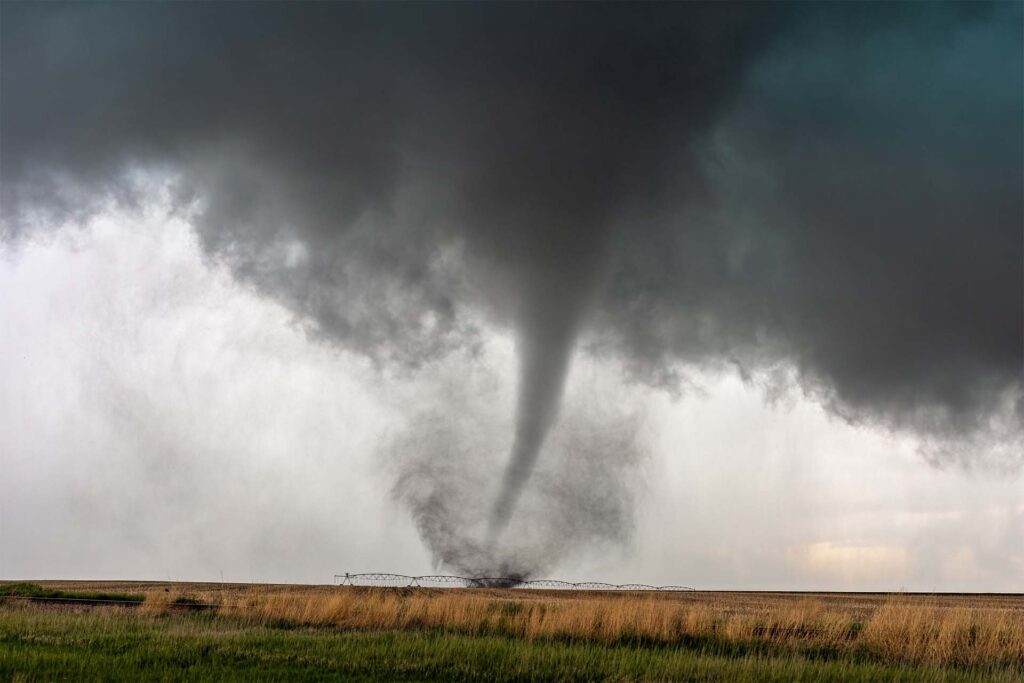Tornado Resource Center
Up-to-date information, checklists and tips to help you prepare and recover
Be prepared for tornadoes
Tornadoes are nature’s most violent storms. They can devastate well-made structures, uproot trees, and launch objects through the air like deadly missiles. Tornado season typically starts in April and runs to June, but tornadoes can occur at anytime, anywhere – even though they are more common in the Plain States.
According to the National Oceanic and Atmospheric Administration, there were 1,473 tornadoes in the United States in 2024, compared with 1,197 in 2023.
Tornado tips
- Don’t forget your pets. Make sure they are in the safe place with you.
- In a high-rise building, pick a hallway in the center of the building. You may not have enough time to go to the lowest floor.
- In a mobile home, choose a safe place in a nearby sturdy building. If your mobile home park has a designated shelter, make it your safe place. Mobile homes are not safe for tornados.
- Gather all important documents such as insurance papers and place in a sealable, waterproof folder or receptacle.

Leading experts in emergency and disaster management
We provide unmatched experience and resources to organizations, businesses, governments, and communities to help them effectively prepare for, respond to, recover from and mitigate natural and human-made disasters.